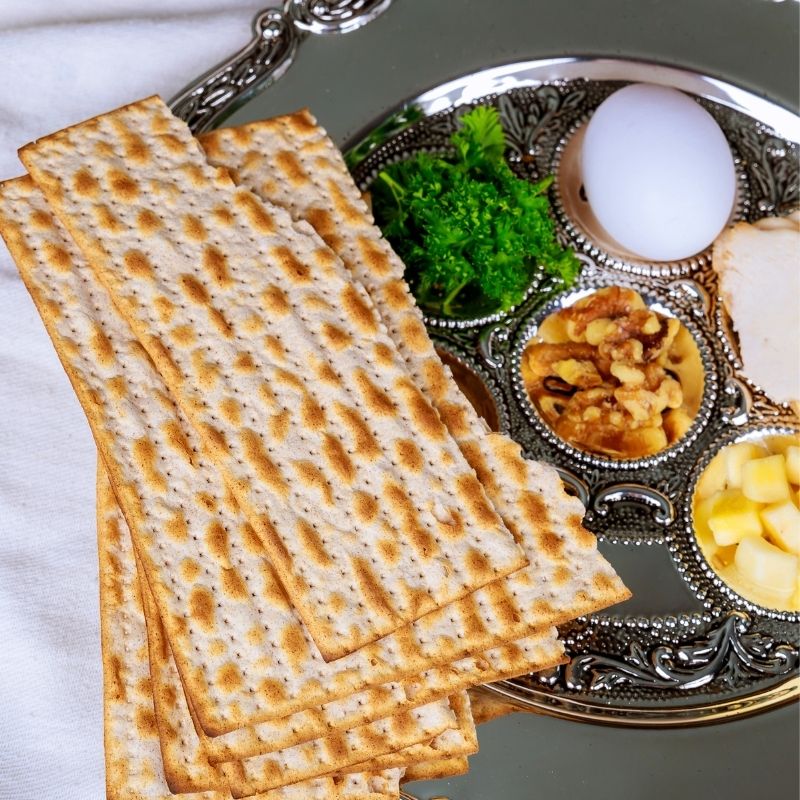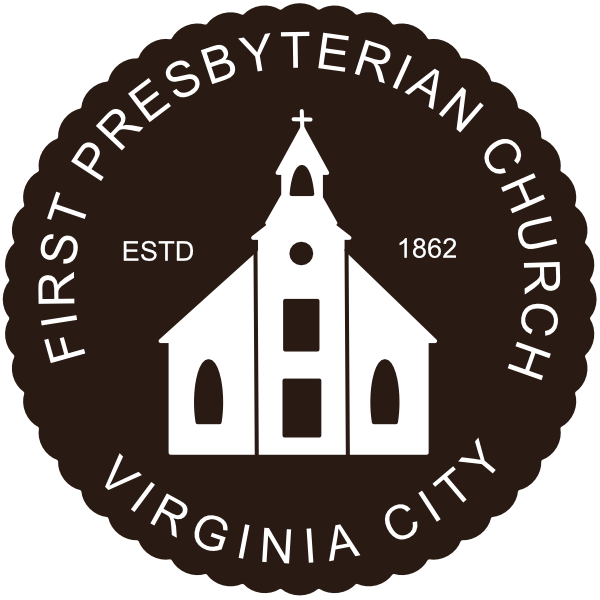
I’ve noticed in recent years that cookbooks are as much about storytelling as they are about the actual recipes. Gone are the pages of only ingredients and directions; now there are as many pages, if not more, of story as there are of actual recipes. In an era where we could easily get all the nutrition we need from supplements, people are doubling down on actual meals, with all of their flavors and aromas. Food has always been more than just nourishment; it has been a source of community and connection – with others and with the past.
In her book, “A Time to Grow”, Kara Eidsen tells the story of “Thanksgiving Dressing.” She recounts, “Around the age of eight, I began making dressing (also known as stuffing – it just doesn’t go inside the turkey) [and if you didn’t know the difference before, now you know]. I would make it at my grandmother’s side every Thanksgiving. She didn’t have a specific recipe, just a list of ingredients: cornbread, biscuits, cream of chicken soup, eggs, onion, cooked celery, broth, salt, pepper, and sage. I still have the list of ingredients written in her handwriting – but knowing their quantities necessitated cultivating my palate to the precise taste of what raw combination would make perfect cooked dressing. For the next twenty-five Thanksgivings, I worked at my grandma’s side, learning the art of my family’s dressing recipe. Grandma would tell stories from her family, keeping alive those who had taught the recipe to her. I even began growing and drying my own sage to add a special touch to the meal each year. Even in later years, when I mostly put it together by herself, Grandma still tasted the mixture before it went into the oven and let me know what was missing.
She continues on to say after her grandmother passed away, she realized she was the only one who knew how to make the dressing. So, she began to teach the recipe to one of her cousin’s children. Every Thanksgiving they would work side-by-side to create the dish that was a part of their family’s history. She would tell her stories about her great-grandmother and usually throw in a few entertaining stories about growing up with her father (the author’s cousin) as well. Thus, the tradition is passed on from one generation to the next.
You see, she says, it’s not really about the dressing. Yes, they would eat and enjoy it every year. But at this point, it’s far more about the tradition, about what the meal represents. It is about the connection to the past and the future of the family. It’s not just cornbread dressing when they gather together around the table; it takes on new meaning and becomes something more.
I think this is what was at the heart of that last Passover meal that Jesus shared with his disciples, that meal that the Jewish people before them and to this day share every year. The Passover is more than just the rack of lamb or the matzo or the vegetables. The celebration of Passover embodies remembrance and celebration around the table. The foods Jesus and his disciples, as well as our contemporary Jewish siblings, share at the meal of Passover carry a rich historical context and meaning; nothing on the table during the Passover feast is put there without thought, contemplation or intention. The symbolism behind all food on the table carries the weight of the story of the Exodus. And while every Jewish family has and had their own recipes for the foods that fill their Passover tables, there are many commonalities and common threads. Just as we ordinarily associate Thanksgiving dinner with turkey, the Passover table is filled with items that carry their own history and significance.
Our Old Testament reading this evening carries instructions for how the Jewish people are called to remember their day of deliverance. In this passage, God prescribes the act of gathering around the table to consume lamb in the same fashion as their ancestors. It is a meal of remembrance, of acknowledging that once they were slaves in Egypt, and the power of God to set them free.
The act of breaking bread together is simple and yet holy. The human tradition of gathering together at the Table in celebration is not merely an act of the present; we are not just connecting to the people gathered at the table on that one occasion. The traditions embodied when we gather in celebration unite those who have gone before us and those who will carry on the traditions long after we are gone.
It is the same at the heart of our Communion meal. It’s not just about bread and juice. Unlike our Catholic brothers and sisters who believe that in the prayers, the bread becomes the actual body and blood of Christ; for us they are symbolic, yet at the same time, are more than just symbols after they are blessed, while they become for us far more than bread and juice. The communion table connects us to all the saints who have gone on before us, all Christians around the world at present, and all those who will bear the faith and carry the cross of Christ in the future. We are connected to these persons through the table. We are connected to the Divine through the physical act of sharing the bread and the cup; the curtain between the holy and the ordinary is torn in two, and we feast upon the grace we have been offered.
In our reading from Luke, Jesus sets the precedent for what will become our Christian communion service. The act of Jesus giving thanks is central to this passage of scripture, so much so that it is specifically mentioned two separate times, both when Jesus takes the cup and when he takes the loaf of bread. Acts of thanksgiving are, in and of themselves, acts of remembrance as we remember to give thanks and glory to God.
Finally, the author reminds us that her Thanksgiving dressing reminds her of her grandmother’s love; likewise, she is reminded of and feels God’s love through the smell and taste of communion. Even when eating the same kind of bread and dipping it into the same juice at home as a child, it didn’t taste the same. Dipping the bread into juice at the kitchen table simply didn’t offer the same satisfaction as it did doing the same thing at church.
Maybe that’s because communion is meant to be an act of community. Both words share the same Latin root, communis, meaning “common, or shared by many.” Communion is far more than simply the consumption of specific foods. Communion is the act of remembrance of Jesus’ love for us, that sacrificial love that led him to the cross for the salvations of all believers; then, now and in the time to come. But communion is also about the love shared in community. As she is reminded and reminds us, “Bread is best when it’s shared.”
Come to the table. Remember the redeeming love of our Lord Jesus Christ. Amen.
Adapted from “A Place at the Table” by Kara Eidsen, WJK Press, Louisville, Ky, 2022
pp:77-80
